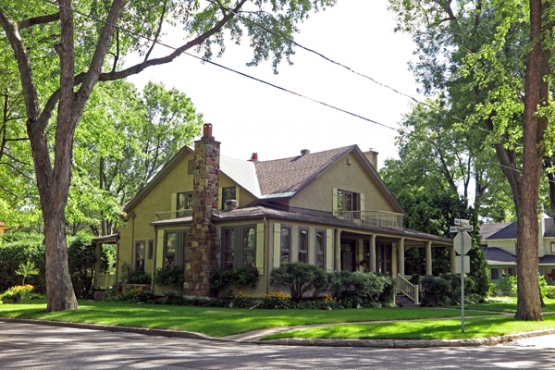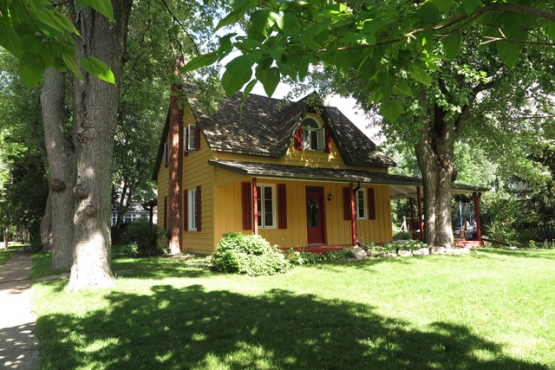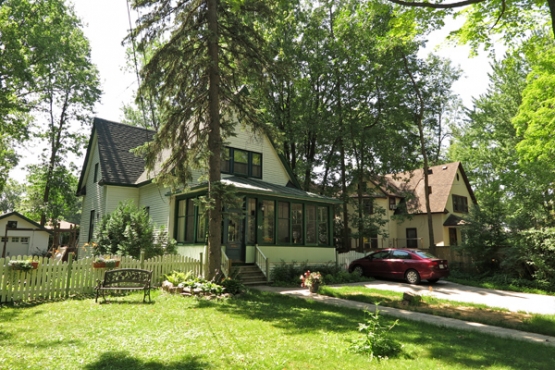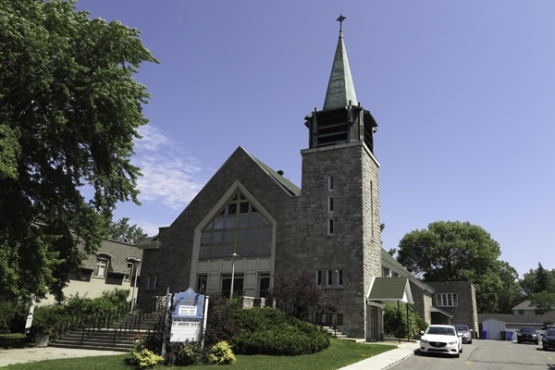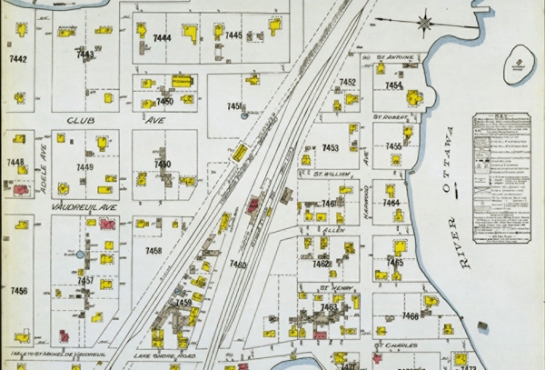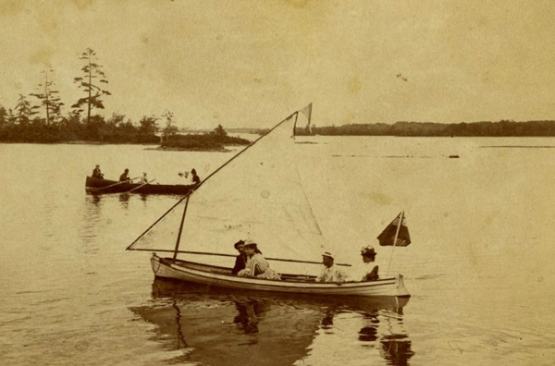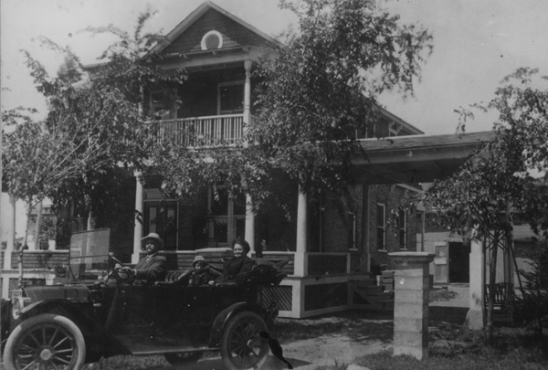DORION AND VAUDREUIL-STATION
Interesting places nearby
This area in the City of Vaudreuil-Dorion experienced remarkable development due to railway construction between 1854 and 18561. A town center formed around the Grand Trunk (Canadian National) and then Ontario & Québec Railway (Canadian Pacific) stations. Former agricultural lands were divided into large lots on which prestigious residences belonging to wealthy vacationers were built. The streets, lined with rows of mature trees, formed an orthogonal grid leading to the shores of the Ottawa River. Named in honour of one of its illustrious residents, Sir Antoine-Aimé Dorion, the City of Dorion was incorporated on December 30, 1890 and experienced rapid growth. Rue de la Gare and Saint-Charles Avenue became home to many shops and services. Two new parishes were established (Très-Sainte-Trinité and Saint-Jean-Baptiste). At first it was a village, then a city (1916), and later on, in 1994, Dorion merged with Vaudreuil to become the City of Vaudreuil-Dorion.

